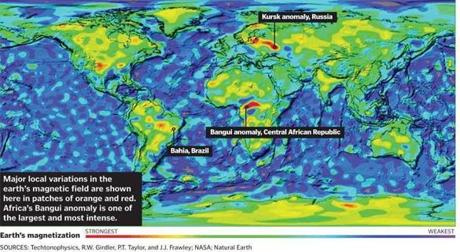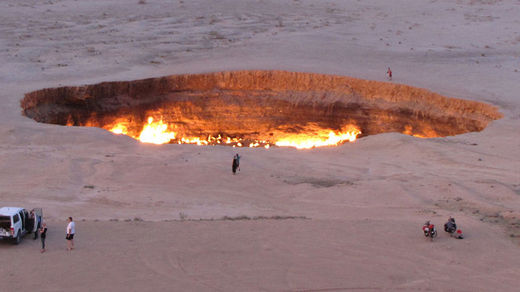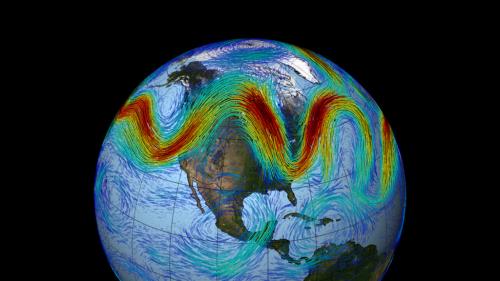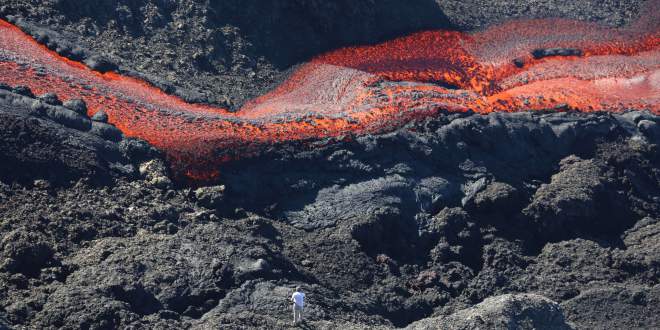
© The Boston Globe
Until the last year, when the Central African Republic's civil war became a humanitarian crisis too dire to ignore, most Americans thought little about the country at all. It has a low global profile in part because it is exceedingly poor, with four out of five people living on less than $2 a day. It has some natural resources, but because it is landlocked by other troubled countries - Chad, Sudan, Congo, and Cameroon - even if a lull in the war allowed it to extract those from the ground, it would still face formidable problems in exporting them.
But for one group, the Central African Republic is anything but ignorable, and in fact is home to an enduring scientific mystery. Geophysicists who map the earth's magnetic fields have identified a disturbance in the earth's natural magnetic fields within the Republic. They still have few clues about what causes it, but at least some think it could be key to understanding one of the most dramatic events in the history of the planet.
When geophysicists look at the globe, they don't see national borders. Instead they see geological features like fault lines and tectonic plates, or, if they study geomagnetism, zones where the earth's normal, needle-points-north magnetic field seems to go haywire. They map these anomalies by satellite and with ground surveys. When they look at the Central African Republic, something strange appears in the center of the country: a massive aberration known as the Bangui Magnetic Anomaly, named for the country's capital. At 600 miles across, it is one of the largest such anomalies on earth.
"If you were on the ground there and you had a magnetic compass, you'd need to correct for it," says Patrick T. Taylor, a NASA geophysicist who has studied the anomaly closely. "The compasses would go berserk."




Comment: For an in depth analysis of why these wind patterns may develop and what it may mean for the future of our planet read 'Earth Changes and the Human-Cosmic Connection' by Pierre Lescaudron with Laura Knight-Jadczyk.